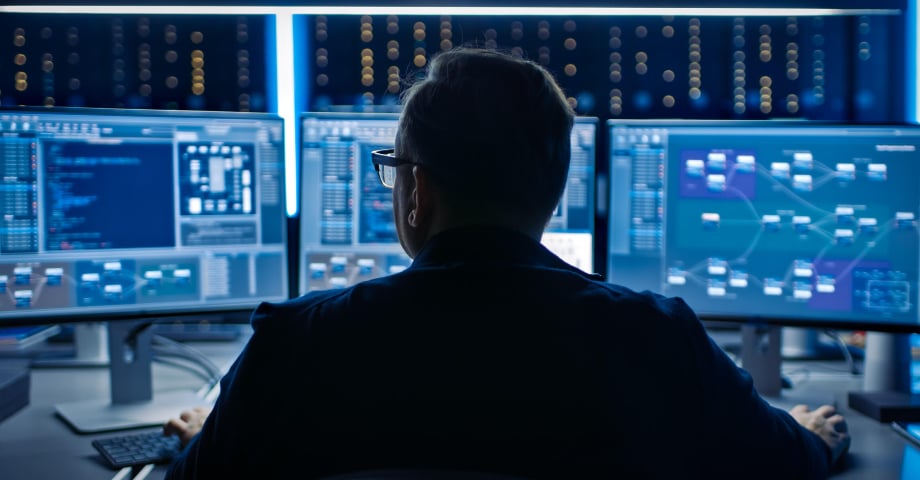No matter the industry you operate in, data center security is of the utmost importance. If you build your data center in an area where it’s susceptible to manmade or natural disasters, and you don’t have a business continuity strategy in place, your data center can get knocked offline, preventing users from accessing data and using your applications.
On the other hand, if your data center security layer is thin, to the point where unauthorized individuals can access it easily, your sensitive data and vital trade secrets can be compromised.
The good news is that by incorporating a robust security strategy into your data center design, you can make sure your data center isn’t an easy target for cybercriminals and natural disasters.
What security questions should you ask during the data center design phase?
By doing your due diligence up front and incorporating strong security features into your data center design from the start, you can secure your data and applications—increasing the productivity of your workforce, while ensuring optimal user experiences.
To do that, here are some questions you should ask during the data center design phase, to make sure you don’t forget to consider important aspects of your new facility:
- Do we need a structure, like a physical gate, to secure the premises itself?
- How will employees access the data center? Do we need biometric scanners, or are credentials enough?
- How will visitors access the data center?
- How will we make sure that no authorized individuals access the data center through a side door or something similar?
- What mechanisms will we put in place to protect the physical servers, racks and other hardware?
- How often will we check access lists to make sure they’re kept up to date?
- What surveillance systems should we put in place?
- How often should we audit our security measures to make sure there aren’t any holes in our plans?
- Does our data center design plan include multiple security layers?
- How can we ensure emergency backup power and continuity in the case of an outage or natural disaster?
Now that you have a better idea of the kinds of questions you should ask when designing your data center’s security and continuity plans, let’s turn our attention to some of the specific features to include in your data center.
What security features should be included in your data center design?
As you begin designing your data center security and continuity plan, here are some areas you need to cover:
1. Authorization and access to the data center
Protecting your data center starts with restricting who can access it. To this end, your data center design plan should include a list of the people who will be allowed to enter the data center facility, along with protocols that indicate how often that list should be reviewed, to ensure it’s up to date.
2. Major incident management
No matter how big or small your data center is, it’s only a matter of time before an unforeseen event could knock systems offline. To ensure that your systems stay up and running during every imaginable scenario, it’s critical to develop a comprehensive major-incident management plan that supports business continuity.
3. Surveillance
Your data center should also be protected by a high-end surveillance system that enables you to keep your eyes on all of the sensitive areas, including access points and mission-critical systems. For the best results, use an IP-based system that is automatically backed up to the cloud. That way, in the event your facilities are damaged (e.g., by a fire) or someone tries to steal surveillance tapes, you still have a copy of your video feed.
4. Access logs
Another layer of data center security is implementing and maintaining access logs to keep track of everyone who’s entered the premises that day—and when they've left. That way, in the event an incident happens, it will be easier to determine who might be the culprit or who can provide critical information about the incident.
5. User reporting
Secure data centers also encourage users to create reports at the end of a specific period—maybe every day or every week—to share their feedback, identify bugs and offer suggestions. The folks who are in the trenches of your data center operations may identify weak areas that you overlooked, which can help you and your business optimize your protocols and keep them as secure as possible.
6. Audit scheduling
It’s one thing to have a robust data center security plan. It’s quite another to ensure personnel are actually following it. By conducting regular audits, you can determine whether your team is following the right policies and procedures—and what needs to be done to get everyone on the same page.
As you can see, a robust data center security and continuity plan involves many different components.
The good news is you don’t have to go it on your own.
By partnering with a data center vendor that knows the ins and outs of security and has a track record of building highly secure data centers in even the most challenging of environments, you get the peace of mind that comes with knowing your data center has the security you need to keep your data center secure, your data safe and your customers happy.





Comments